Last Updated on August 2, 2021
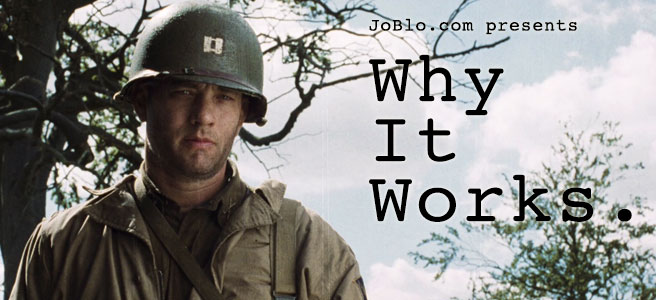 Why It Works is an ongoing column which breaks down some of the most acclaimed films in history and explores what makes them so iconic, groundbreaking, and memorable.
Why It Works is an ongoing column which breaks down some of the most acclaimed films in history and explores what makes them so iconic, groundbreaking, and memorable.
****SPOILERS AHEAD****
BRIDGE OF SPIES hits theaters this weekend, marking the fourth actor/director collaboration between Tom Hanks and Steven Spielberg (and something like the tenth time the two have worked on a project in some capacity). With BEASTS OF NO NATION also out on Netflix and in select theaters this week, it seemed like a good time to take a reader suggestion look at the duo's first collaboration. Brutal, beautiful, and heartbreaking, SAVING PRIVATE RYAN takes one of the most realistic and in-depth looks at war while still satisfying all the beats of a Hollywood classic. Here's why it works:
WHY WE LIKE THE CHARACTERS:
Okay, first things first. The characters in this film are allied soldiers fighting the Nazis, so there's an immediate reason why American and most international audiences will be on board. This doesn't count, though. Sure, it's a nice bonus, but we have to like the characters within the story being told. As for the soldiers in the company, we spend a good deal of time seeing them as regular guys just doing their job. These are not meathead, give-me-something-to-kill maniacs but well-rounded, caring people who are both passionate about their country and scared to death about what they have to do to protect it. Attempting to keep the band together is Captain John Miller. We first see Miller as just another terrified soldier on the beaches of Normandy. As he gains his footing, though, we begin to see a leader who knows what tactics to employ, improvises when needed, and risks himself for others. Once we settle into the story, we also see a man who knows how to insert levity to diffuse a situation and keep up morale. The casting of Tom Hanks, an actor skilled in both comedy and drama, is key here. A lengthy, graphic war movie without levity and down to earth characters like these would just be too much to handle.
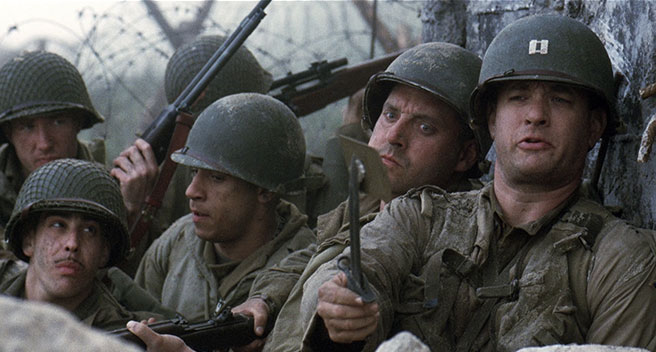 I don't know what I'd expect if you told me Adam Goldberg and Vin Diesel were in a movie together, but it definitely wouldn't be this.
I don't know what I'd expect if you told me Adam Goldberg and Vin Diesel were in a movie together, but it definitely wouldn't be this.
WHY WE CARE:
I've never been to war. Hopefully, many of you haven't either (and thank you for your service if you have). While films depicting extraordinary circumstances like this one can be fascinating, they can also alienate viewers who have no point of reference. Enter the obligatory flashback scene or back home B-story to keep the average viewer connected. SAVING PRIVATE RYAN does neither of these, but the film achieves that same groundedness and familiarity through another channel. By making the entire mission of the movie to send a soldier home, we can't help but connect and hope for success. We catch a glimpse of Ryan's home, but mostly we make his home our home. We get very few glimpses of the world outside of the war, and so we begin to feel the same yearning for home the soldiers must feel. Once that primal weight is on our shoulders, we're invested. From a technical standpoint, Spielberg and company expertly weave between action, heartbreak, and levity, never sitting too long on one emotion and creating plenty of tension/relief moments along the way to keep things moving.
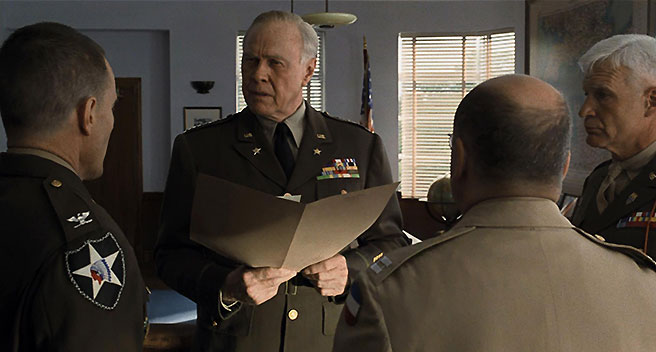 "That boy is alive. We are gonna send somebody to find him, and we are gonna get him the hell out of there."
"That boy is alive. We are gonna send somebody to find him, and we are gonna get him the hell out of there."
WHY WE'RE SATISFIED:
Spoiler alert: they save Private Ryan. It would be pretty lousy if they didn't. The trick here is to deliver a gratifying ending that doesn't feel too Hollywood or saccharine. It's a bit convenient that, when they find Ryan, he refuses to leave until his bridge is defended, which of course results in a big, noisy battle. This is easily forgivable, though; you can't not have a final battle in a film that starts with a 27 minute long D-Day onslaught. Moreover, the battle delivers all the action and drama we could hope for and drives home the desire to get Ryan and anyone else the hell out of there. As for Ryan, we don't see him returning home to be scooped up in the arms of his mother followed by a where-are-they-now epilogue. Instead, the film achieves this with a small twist in the form of the older Ryan. At the onset of the film, we see an elderly man visiting Normandy American Cemetery and Memorial. When a closeup of the man's face transitions to the epic battle of Normandy scene, we assume the man must be Tom Hanks' Captain Miller, because that's the way movies work. When Miller is killed in action, and we realize the old man is actually Private Ryan, we're rescued from the humdrum feeling you get when the movie has climaxed and now you have to sit through the usual banal fluff. Finally, we're left with a beautiful scene between Miller and Ryan and a heartbreaking monologue from the aged private. Miller implores Ryan to earn his rescue, and years later, Ryan reflects on his life, hoping that he's done so.
 One of many small but crucial roles that was impeccably cast. An unconvincing actor in this scene could have undone almost three hours of quality filmmaking.
One of many small but crucial roles that was impeccably cast. An unconvincing actor in this scene could have undone almost three hours of quality filmmaking.
WHY WE REMEMBER:
SAVING PRIVATE RYAN was a game changer. With recent films like SCHINDLER'S LIST and AMISTAD under his belt, it wasn't a surprise that Spielberg would be telling another intense, at times distressing story, but it was still pretty shocking to see a mainstream film get as graphic, relentless, and unapologetic as this one does. Tha's the easy part, though. What's difficult is balancing all of that with a sense of intimacy and heart to keep the film from just being emotional torture. It doesn't hurt that the cinematography, editing, and sound production are all top notch and still impressive almost two decades later. Another interesting device is the casting of known actors in almost every role, be it big or small (a strategy also employed by THE THIN RED LINE the same year). This not only helps the audience tell several characters all wearing the same uniform apart, but it also adds that little kick of emotion when a familiar face appears onscreen two hours in (this is even more true now that lesser known actors like Nathan Fillion and Bryan Cranston would go on to become huge stars). Finally, the message communicated by the final scenes is not just relevant to a rescued soldier but to anyone with something to be grateful for. While Ryan was front and center to witness the sacrifices made for him, many us have no real sense of what went into providing us the comforts we enjoy. Just reading this article means you have the luxury of an internet connection, a computer (or similar device), the time to watch movies you love, and the freedom to discuss them. I'm sure there's plenty more than that you have to be thankful for… now earn it.
Thoughts? What else worked for you? What didn't? Strike back below!
If you have any movies you'd like to see put under the microscope, let us know below or send me an email at [email protected].


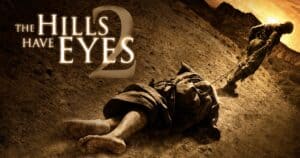



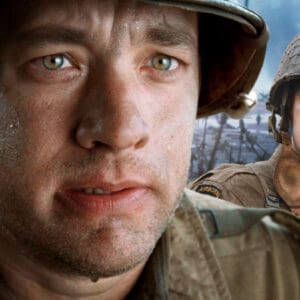
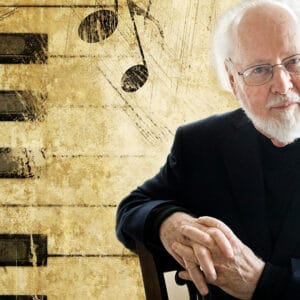
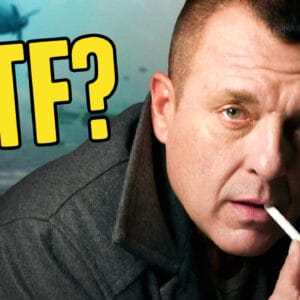
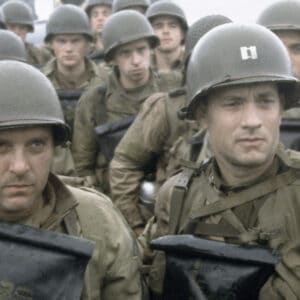
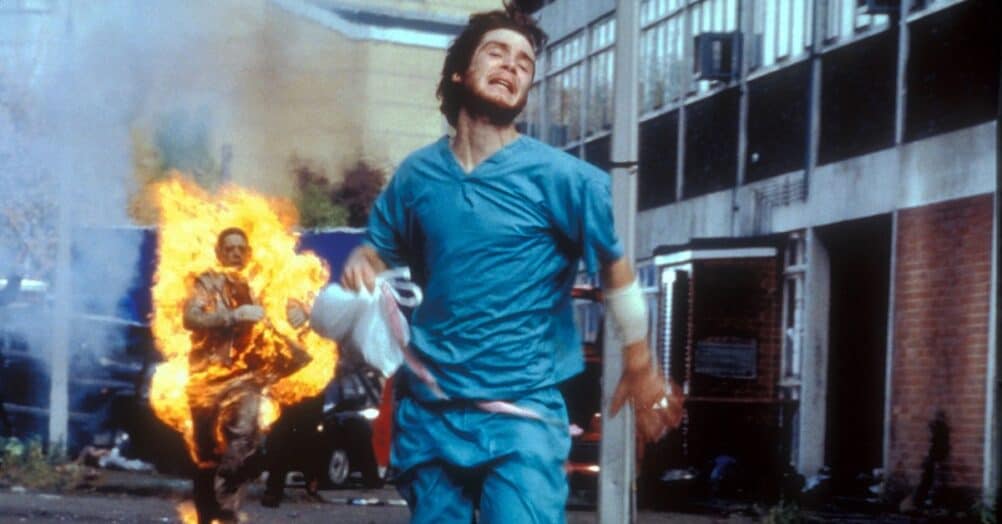
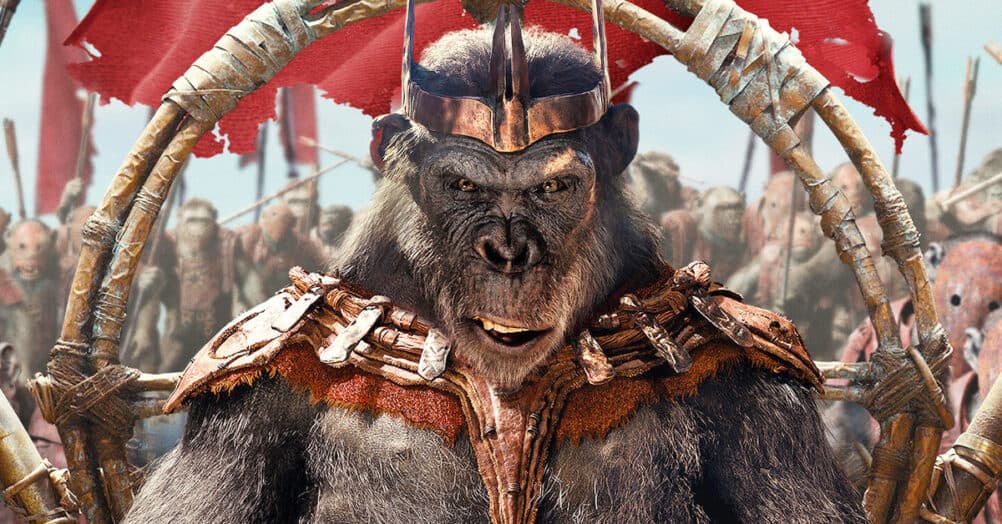
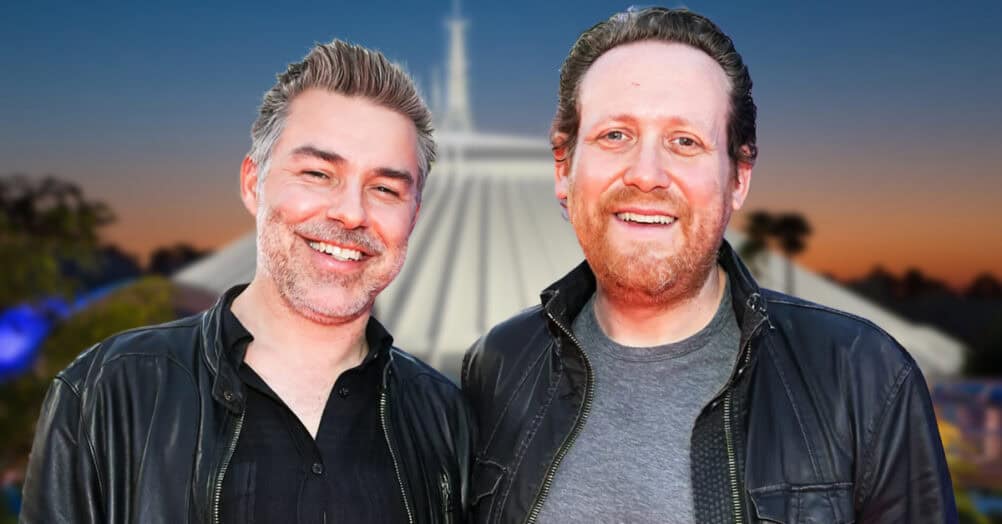


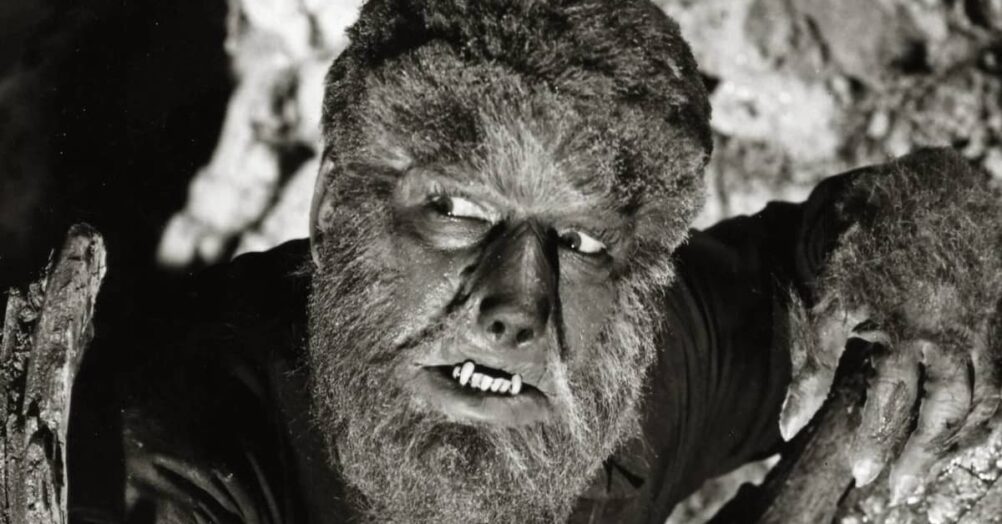
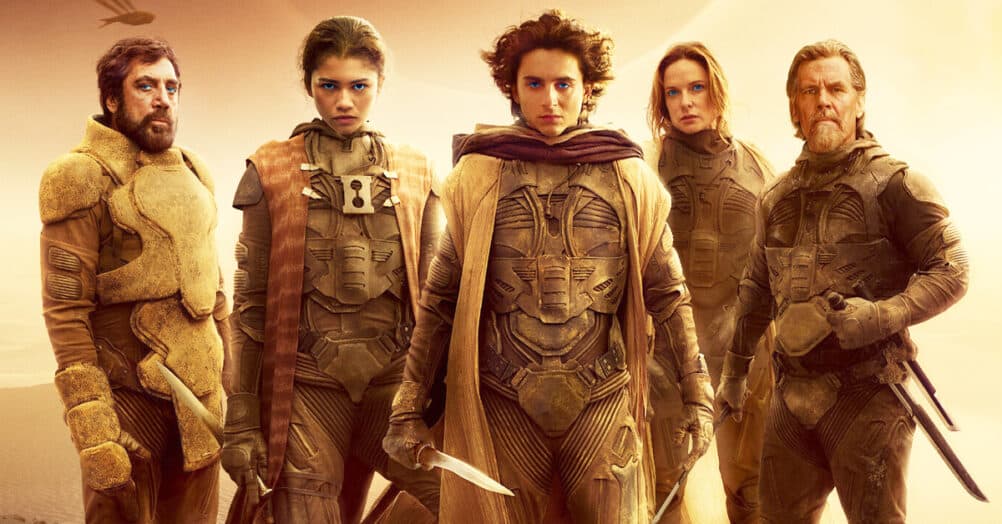
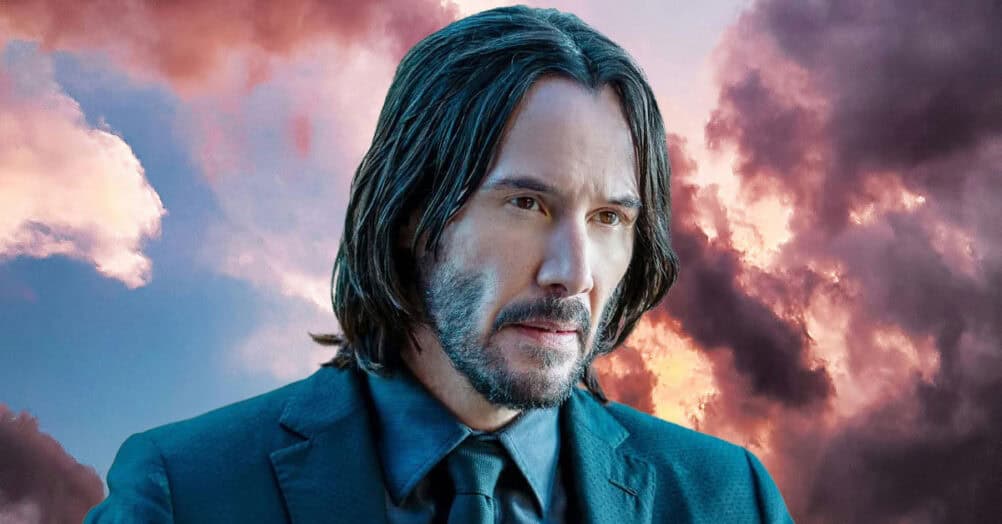
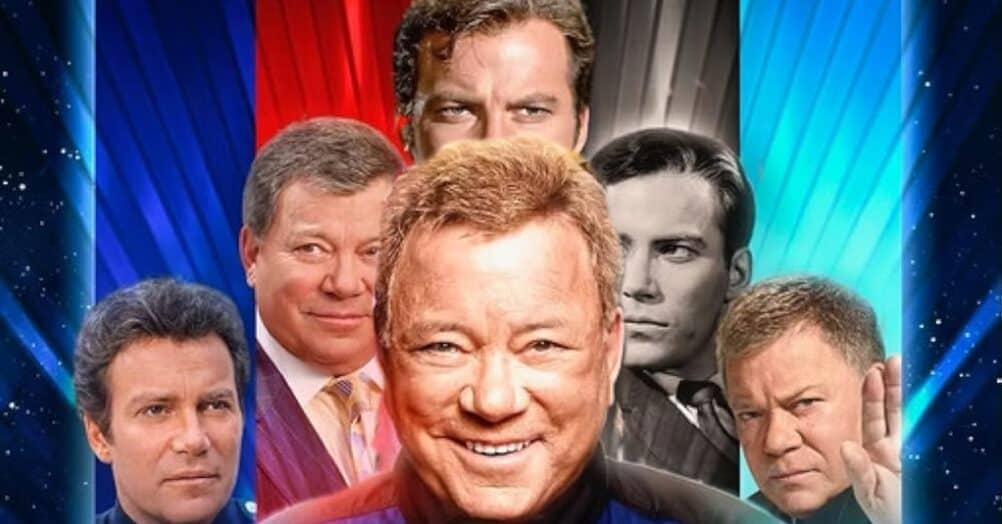

Follow the JOBLO MOVIE NETWORK
Follow us on YOUTUBE
Follow ARROW IN THE HEAD
Follow AITH on YOUTUBE